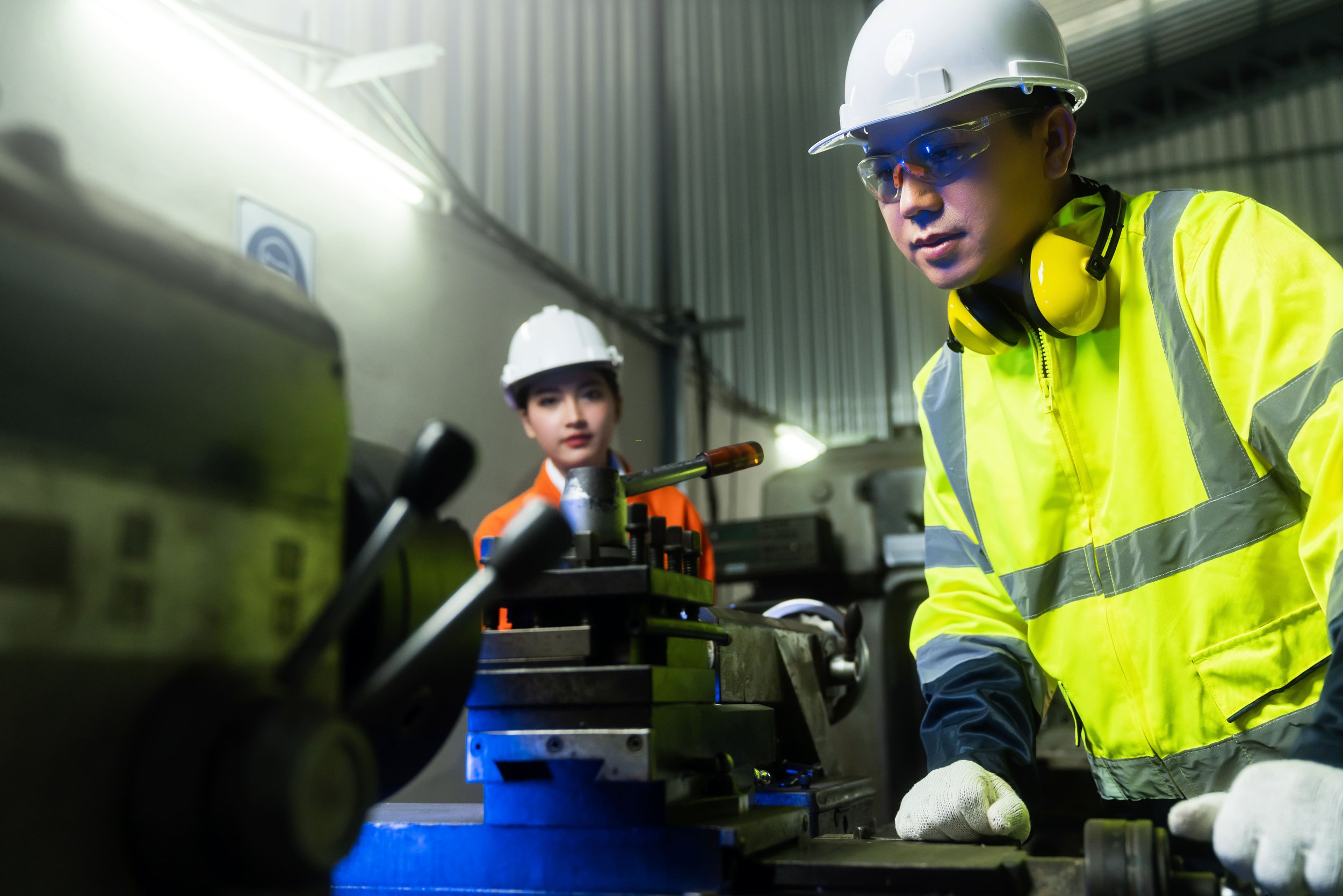Benefits of Preventive Maintenance and Calibration
Maintenance is a process of ensuring that equipment or machinery is in proper and safe working condition. This can be done through regular servicing and repair, or by replacement of defective parts. However, preventive maintenance and calibration are two important aspects of maintenance that are often overlooked. In this article, we'll take a look at the benefits of preventive maintenance and calibration so that you can make an informed decision on whether or not to implement these processes in your business.
What is preventive maintenance?
Preventive maintenance is a type of planned maintenance carried out on a regular basis to prevent equipment from breakdowns. It is also known as preventative maintenance or PM.
Preventive maintenance is carried out at set intervals – weekly, monthly, yearly, etc. – and involves inspecting, cleaning, servicing and repairing equipment. By doing this, potential problems are identified and fixed before they cause an unexpected outage or failure.
The benefits of preventive maintenance are:
Reduced downtime:
By regularly servicing equipment, you can identify and fix potential problems before they cause a breakdown. This reduces unplanned downtime and keeps your business running smoothly.
Increased efficiency:
Serviced equipment runs more efficiently, which can save you money on energy bills.
Extended lifespan:
Regularly maintained equipment lasts longer, meaning you won’t have to replace it as often.
Improved safety:
By fixing potential hazards before they become a problem, you can create a safer workplace for your employees.
What are the benefits of preventive maintenance?
Preventive maintenance is a critical component of any effective asset management program. By regularly scheduled inspections, cleanings, and calibrations, preventive maintenance can identify and correct problems before they cause downtime or other issues. The benefits of preventive maintenance include:
Improved equipment reliability
Reduced downtime
Reduced repair costs
Improved safety
Improved performance
What is calibration?
Calibration is the process of ensuring that a device or machine is providing accurate readings. This can be done through regular maintenance and checks, or by using a more sophisticated method such as calibration software. By keeping devices calibrated, you can avoid errors and ensure that your measurements are as accurate as possible.
What are the benefits of calibration?
One of the benefits of calibration is that it can help prevent problems before they occur. By keeping your equipment calibrated, you can avoid costly downtime and repairs. Additionally, calibration can improve the accuracy of your measurements, ensuring that your results are reliable.
How often should preventive maintenance and calibration be performed?
Preventive maintenance (PM) and calibration intervals should be based on the severity of the environment, the type of equipment, and the Criticality of the function.
Severity of the environment:
Based on the level of contamination, temperature, humidity, and other factors, some piece of equipment will require more frequent PM and calibration than others.
Type of equipment:
The size and weight of the equipment as well as how often it is used will also help to determine how often PM and calibration should be performed.
Criticality of function:
If a piece of equipment is essential to the operation of a process or system, it will need to be maintained and calibrated more frequently than something that is not as critical.
Preventive maintenance and calibration are essential for ensuring that equipment is operating safely and accurately. By regularly servicing and calibrating equipment, businesses can avoid costly downtime and repairs, as well as ensure that their products meet quality standards. In addition, preventive maintenance can help extend the life of equipment, saving businesses money in the long run. For all these reasons, it is important to make preventive maintenance and calibration a priority in any business.

